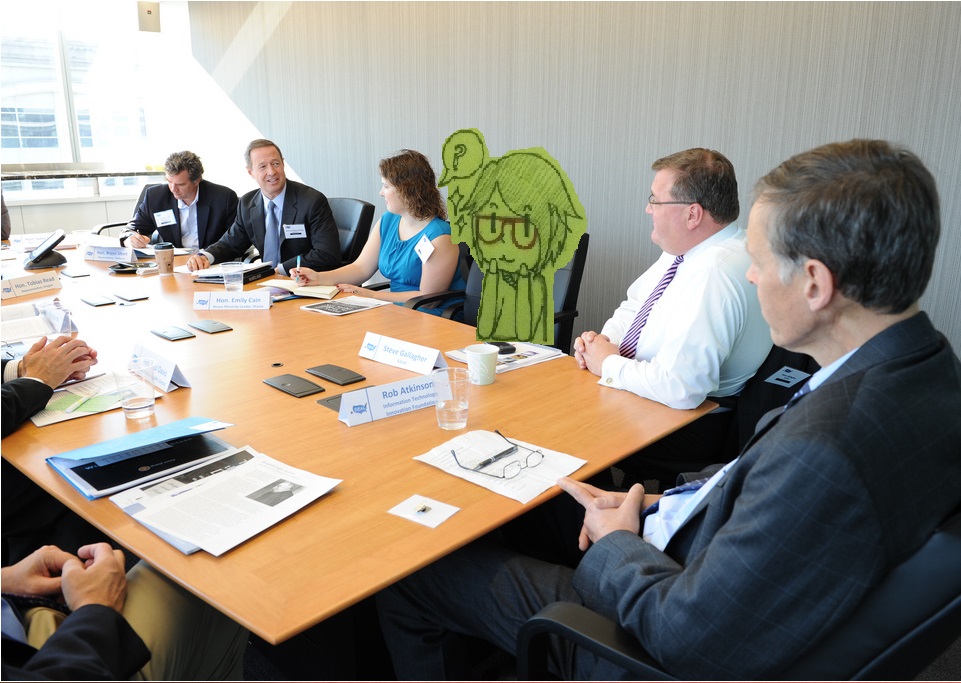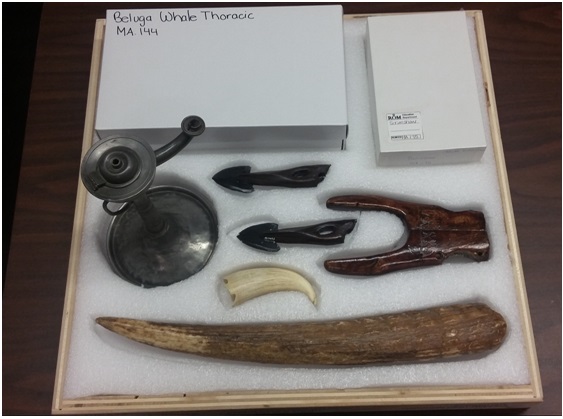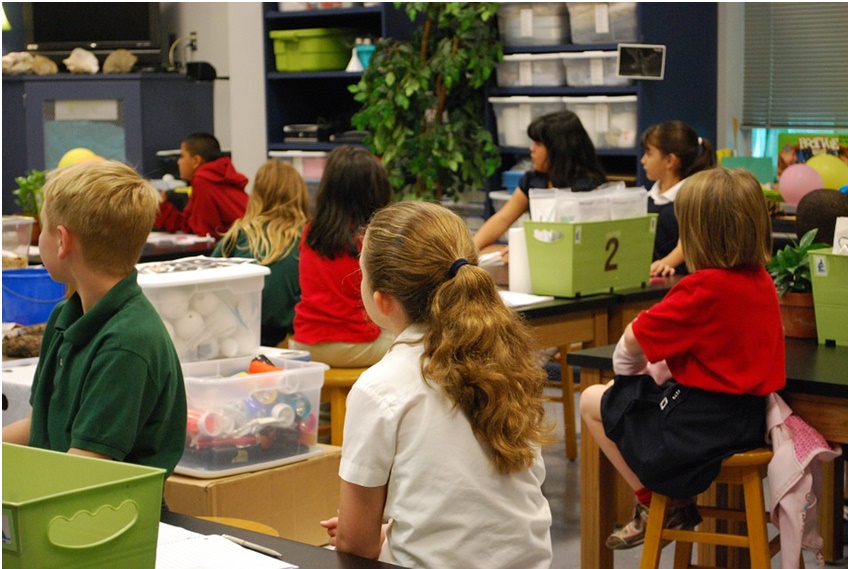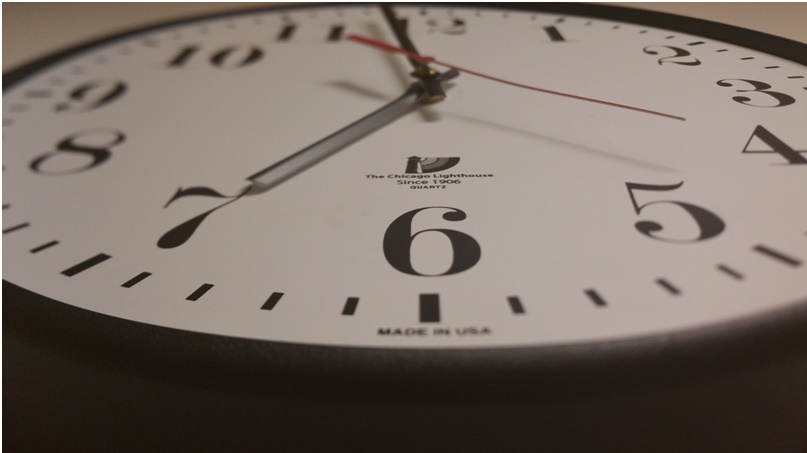Not many things interrupt my internship's routines, so when my supervisor suddenly invited me to attend a staff meeting, I was excited. Who would be there? What would they do?
 It turns out that my supervisor and some other museum teachers were planning out the Arctic Collection's program. The meeting consisted of a flurry of questions directed to my supervisor, who could barely keep up.
It turns out that my supervisor and some other museum teachers were planning out the Arctic Collection's program. The meeting consisted of a flurry of questions directed to my supervisor, who could barely keep up.
As for me, I took away 3 points of consideration:
1. Artifact groupings
 A regular ROM teaching program involves students examining artifacts grouped at separate tables and answering questions from a worksheet to investigate various things, such as how the artifact was used, what it's made of, and what it implies about the civilization that used it. That being said, a lot of thought goes into grouping the artifacts.
A regular ROM teaching program involves students examining artifacts grouped at separate tables and answering questions from a worksheet to investigate various things, such as how the artifact was used, what it's made of, and what it implies about the civilization that used it. That being said, a lot of thought goes into grouping the artifacts.
Using the Arctic Collection as an example, the teachers agreed to bring together items that had a common theme, such as items used by women, hunting, cooking and so on. The theme couldn't be too obvious, otherwise there's no point in a worksheet. It couldn't be too difficult to solve either, otherwise they wouldn't learn anything. That's why when creating a teaching program, teachers also consider –
2. The target audience

Located on Pixabay
Since programs usually teach students up to Grade 12, they come in many variations depending on the target audience.
One of the teachers asked, "Are students even interested in the Arctic?"
Good question. What students learn in school and their interests decide whether a program is popular, like the Canadian Collection, or removes it altogether, like the Korean Collection.
They also decide a worksheet's difficulty. A Grade 4 class learning about the Arctic only answers questions about the basics of Arctic history, culture and science, whereas a Grade 12 class, in addition to the basics, might also consider how the materials to create the artifacts are obtained, how the extraction methods change over time, and the environmental impact of extracting Arctic resources.
3. Time constraints

Located on Public Domain Pictures
The most time students get with the artifacts is 2 hours maximum. They spend the rest of the time touring the galleries, eating lunch and going back to school. Since most students are more often children than teens, whichever program they're learning is usually an introduction to the topic. And if their school's field trips are anything like mine were, they're lucky if they go to the ROM again, let alone for the same topic.
That leaves museum teachers little time to convey as much information to the students as possible. So when they create questions for a specific artifact group, they consider whether students can answer them before they move on to the next artifact group and if the teachers will have enough time to clarify the details they couldn't learn from the artifacts.
These are only 3 things I picked up from one meeting. After the meeting, I realized there was more to learn about obtaining artifacts, but that's for another blog entry.
